Raised bed gardeners: How many beds do you have?
mxk3 z5b_MI
5 months ago
Featured Answer
Sort by:Oldest
Comments (17)
Related Discussions
how many squash plants per raised bed?
Comments (14)My Sweet Hubbard (a 'miniature' Hubbard) grow several vines, each 15-20 feet long. One 4x8 bed is not big enough for that plant alone, with no other squashes. OTOH, I had 5 hills of 3 plants each of smaller squashes in a 3x10 bed last year. Though the consensus in the other thread seems to be that this configuration of 15 plants produces as much squash as 5 plants would ;). If the soil is rich, you have room for most of the above-ground growth to be outside of the bed, and there is dirt under the bed for the roots to extend into, I would put 8 plants in there. And no Hubbard. If you want them to stay with in the bed, or if the bed contains potting soil or yard dirt, or is on top of pavement, I would put 4. Maybe 5, with one as a sacrifice to pests, and 4 to make squashes :)....See MoreHow many slow-release bottles per raised bed?
Comments (1)Arc, Welcome to GardenWeb. What is your incentive to irrigate by this method? How big is your farm? Do you not have a pressured source of water for your farm? Are you looking for the least labor intensive most economical way to irrigate for your farm? Have you talked to other farmers or looked at YouTube videos for like minded commercial farmers? What are you goals? Fill us in on your farming philosophy and we will know how to help you and in what direction to move the suggestions. I hope these questions have not caused you to much concern but the more information you provide the better the help will be. Aloha...See MoreDo you have a raised bed in your shade garden
Comments (3)Over the years, I have constructed raised beds in my woodland rear garden, that vary in height from 12" to 30". You must be careful to observe the root zone of existing trees and not cover them with more than a few inches of additional soil. The elevated beds will also need weep holes at the base for drainage to relieve the hydrostatic pressure exerted by stored water. Have seen elevated flower beds at some public gardens, constructed for the enjoyment of all, but especially those in wheelchairs. I have mostly small plants at the front of the beds and the tall one's at the rear. There is a mixture of native and non-natives, for year around interest. After many nights of frost and freezes, the deciduous shrubs and herbaceous perennials have hibernated for the winter, but the evergreen Asarum, Heuchera, Goodyera, Helleborus and some ferns will provide winter interest. Although my property is a designated Wildlife habitat, I avoided planting berried plants and grasses in these beds to limit the maintenance requirements. Advanced age has it's limitations. I'm afraid! Good luck and enjoy your efforts, it's well worth the time and energy! RB...See MoreHow many asparagus plants in a 4 x 4 raised bed?
Comments (14)I sowed Mary Washington seeds in the ground about 6 weeks ago. They just started sprouting about a week ago. I planted them in 2 rows a foot apart and then a 2 foot row and then 2 more rows a foot apart. I planted them 6 inches apart in the row. Mary Washington seeds will grow male and female plants while most crowns are sold as mostly males. The males grow bigger sprouts and the females will produce seeds, which most don't want. So my theory is that this fall I'll know which are the females and I'll mark them. Next spring as the females sprout I'll harvest and eat the shoots and then remove them with a bulb planter. I also plan on keeping a few females to obtain seed in the future. I'll also find out if there really is any difference in shoot size. I've been told there isn't....See Moreotcay
5 months agomxk3 z5b_MI
5 months agomxk3 z5b_MI
5 months agomxk3 z5b_MI
5 months agomxk3 z5b_MI
5 months ago
Related Stories

GARDENING GUIDES8 Materials for Raised Garden Beds
Get the dirt on classic and new options for raised vegetable and plant beds, to get the most from your year-round garden
Full Story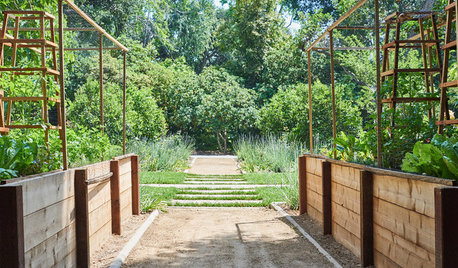
EDIBLE GARDENS7 Tips to Ensure Success With Raised Bed Gardening
Raised bed gardening is a favorite for edible plants. Here’s how to get it right
Full Story
GARDENING AND LANDSCAPINGBuild a Raised Bed to Elevate Your Garden
A bounty of homegrown vegetables is easier than you think with a DIY raised garden bed to house just the right mix of soils
Full Story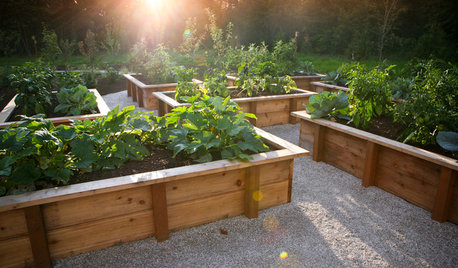
GARDENING AND LANDSCAPINGRaised Beds Lift Any Garden
From good old-fashioned wood garden boxes to modern metal troughs, raised beds can make any landscape space look great
Full Story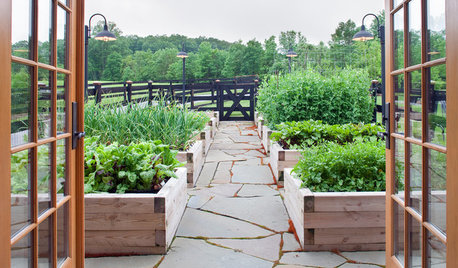
FARM YOUR YARDRaised Beds for Every Garden Style
There’s a raised bed design for every landscape, from traditional to contemporary
Full Story
SPRING GARDENINGInspiring Raised Beds for Fall and Spring Planting
Make Your Next Vegetable Garden Even Better with Beautiful Boxes and Paths
Full Story
FARM YOUR YARDHow to Build a Raised Bed for Your Veggies and Plants
Whether you’re farming your parking strip or beautifying your backyard, a planting box you make yourself can come in mighty handy
Full Story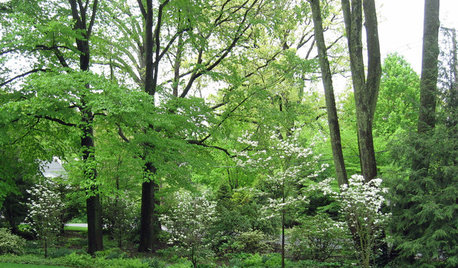
EARTH DAYAdd Layers to Garden Beds for Beauty and Sustainability
You can renew nature at home by filling in gaps with native plants and extending the bloom season
Full Story
BEDROOMSHow Many Pillows Should You Have on Your Bed?
Rest assured: An expert breaks down the types of bedroom pillows to help you create your coziest bed ever
Full Story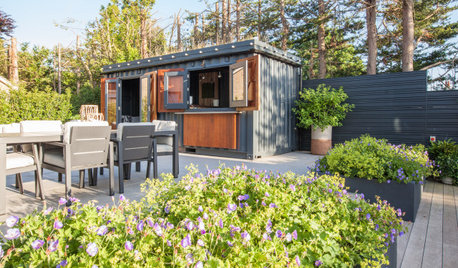
LANDSCAPE DESIGNYard of the Week: Flowing Garden Beds and an Entertaining Space
An English landscape with lush plantings and a standout shipping container bar invites guests to meander and gather
Full StorySponsored
Columbus Design-Build, Kitchen & Bath Remodeling, Historic Renovations






E. Golde